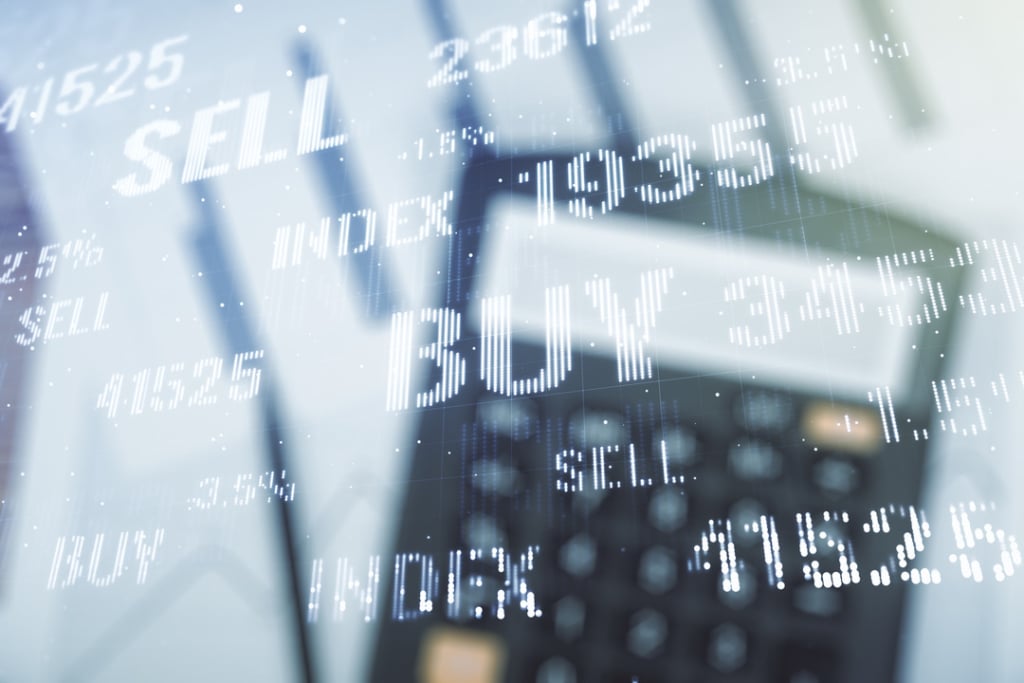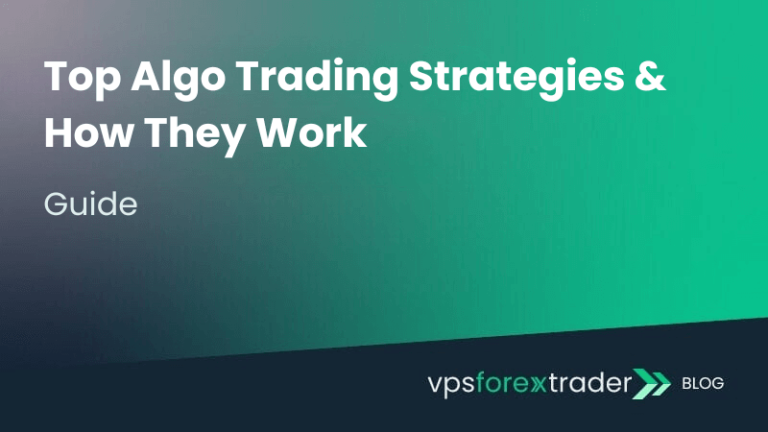Leverage in Forex trading, involves using borrowed money from the broker to invest in a currency trade. You can borrow money from a broker to enter transactions in the market. The bigger capital you borrow allows you to control a huge trading position than you can normally afford. This post is an in-depth explanation of how leverage works, defining its pros, cons and tips for trading safely with it.
How Does Leverage work? – An In-Depth Explanation
So what is leverage in trading and how does it work? Leverage refers to the use of a small initial fund or capital to gain exposure to larger trade positions. It is essentially a loan given to you by the broker which allows you to access much larger positions than your actual deposit would have allowed.
Unlike traditional trading where you’re required to deposit the full value of the position you wish to trade, trading leverage requires you to put up a small portion of its value based on a specific ratio the broker offers. For instance, for a 50:1 (2%) leverage, you can control a position that is 50 times your capital.
Leverage amplifies the potential profit a trader can make, but can also increase losses, which is why it should be used carefully.

Understanding Leverage in Forex Trading
The best way to illustrate leverage in forex trading is with an example. Say you want to buy a USD/GBP currency pair. Without leverage, you will have to put down a total capital of $10,000 to open a trade. A forex leverage of 3% will allow you to buy the same position with $300 instead of the full capital of $10, 000.
If the GBP strengthens against the dollar and you’re able to sell your position for $10,100, you would have made a profit of $100. With traditional trading, you made $100 with $10,000 which is a 1% profit. But with 3% leveraged trade, you made the same $100 using just $300. This means your profit in this case was 33%.
On the flip side, if the GBP weakened against the dollar and you sold your position for $9,900, you’d only lose 1% of your 10,000 capital without leverage. But with leverage, you would be losing 33% of your capital.
The Pros and Cons of Leverage Trading
The biggest benefit of leverage trading is that it allows a trader to acquire more of a trading position than they would normally acquire with the same capital. For instance, a trader with a $300 budget would have only earned $3 from the market movement described above. However, with a 3% leverage, the same trader can now afford to buy a position worth $10,000, raising his profit to $100. When you invest with leverage, you only need to cover a fraction of the total position while the broker covers the rest.
On the flip side, trading with leverage can have massive negative consequences especially if the trade does not swing in the anticipated direction. Just like it amplifies your profit, leverage could also amplify your loss.
Following the example cited above, if you opened a position with $300, you’ll only lose $3 if the price movement is negative. This is equivalent to just 1% of your capital. However, if the trade was leveraged to $10,000, you’ll be losing $100 of your own money, which is equivalent to 33% of your $300 capital. To summarize, leverage trading is inherently riskier than trading with your capital because a small change will affect both profit and loss significantly.
Margin vs. Leverage: Key Differences Explained
Margin and leverage trading are quite similar because they both involve investing in a trading position bigger than you can normally cover with your budget. However, margin involves borrowing from the broker to increase your purchasing power using collateral deposited into your margin account. The borrowed funds in this case must be paid back with interest. With trading leverage, the trader borrows from the broker to amplify profit (or loss).
Tips for Trading Safely with Leverage
Since trading with leverage is a double-edged sword, traders have to be careful when trading with this strategy because it can amplify losses. Here are some tips to leverage safely while maximizing your profits:
● Carefully calculate position sizes based on your risk tolerance while considering the impact of leverage on potential losses.
● Select the right leverage ratio to minimize exposure and loss.
● Set a stop loss to manage unfavorable market movements.
● Set order limits to automatically execute trades.
● Monitor and stay on top of market movements.

Common Mistakes When Using Leverage – and How to Avoid Them
Leverage can be a powerful tool in trading—but only if used correctly. Many traders, especially those just starting out, fall into the same traps when dealing with leveraged positions. These mistakes often lead to unnecessary losses, blown accounts, and frustration. Below are some of the most common pitfalls, along with practical ways to avoid them.
1. Overleveraging
Probably the most frequent mistake is using too much leverage. Just because your broker allows 1:500 leverage doesn’t mean you should use it. Many traders see high leverage as a shortcut to big profits—but it cuts both ways. A small move against your position can wipe out a large chunk of your account.
How to avoid it:
Use leverage conservatively. Focus on lot sizing that fits your account size and risk tolerance. For many traders, 1:10 or even 1:5 leverage is more than enough. If you’re risking more than 1–2% of your account on a single trade, you’re overexposed.
2. Ignoring Margin Requirements
Trading on leverage means you’re operating with borrowed capital. But if the market moves against you and your equity falls below the margin requirement, your broker can initiate a margin call—or close your trades automatically.
How to avoid it:
Always be aware of how much margin each trade requires, and don’t run your account near its limit. Leave breathing room for volatility, especially during news events or high-volume market opens.
3. Trading Without a Stop Loss
Trading leveraged positions without a stop loss is like driving at high speed without brakes. If the market turns sharply against you, your losses can accelerate quickly.
How to avoid it:
Every leveraged trade should have a predefined stop loss. Base it on actual market structure—not arbitrary numbers—and stick to it. Don’t move your stop to “give it a little more room.” That’s often where small losses turn into big ones.
4. Letting Greed Override Risk Management
Leverage amplifies both wins and losses. After a few successful trades, it’s tempting to increase position sizes and chase higher returns. This overconfidence often leads to large, avoidable losses.
How to avoid it:
Have a clear trading plan and stick to it, especially after a win streak. The goal is consistency—not hitting a home run every trade. Scale up only when your edge is proven over time, not on emotion.
5. Misunderstanding Volatility
Highly leveraged positions are extremely sensitive to price fluctuations. What seems like a small retracement on the chart can result in a stop-out if your position is too large for current market conditions.
How to avoid it:
Be aware of the average volatility of the pairs or instruments you trade. Adjust your position size and stop loss accordingly. Avoid high leverage during major economic releases or when spreads widen.
Leverage isn’t inherently bad—it’s a tool. But like any powerful tool, it needs to be handled with respect. Most trading blowups happen not because leverage exists, but because it’s misused. If you can manage your risk, keep your emotions in check, and trade with discipline, leverage can enhance your strategy. Misuse it, and it will expose every weakness in your trading approach.
Frequently Asked Questions About Leverage in Trading
What does leverage mean in trading?
Leverage is a strategy in forex trading that allows you to borrow money from the broker to access trading positions bigger than your capital.
What is leverage in Forex trading?
Leverage in forex trading involves borrowing money from the broker to gain more market exposure than you can normally afford with your capital. To maintain uninterrupted access to leveraged trades and ensure your platform response stays sharp, many traders pair their setups with a dedicated forex VPS for stable execution and low latency.
What are the risks of using leverage in trading?
Leverage trading amplifies potential losses. This means you’re likely to lose more of your capital than you would have done trading without losses if the market moves against you.
What is the ideal leverage ratio for beginners?
The ideal leverage ratio for a beginner is 1:10. A relatively low leverage ratio is perfect for beginners because it helps limit losses and manage risks effectively.
How can traders manage risk when trading with leverage?
To manage risk when trading with leverage, pay attention to the position sizes of your trade. You should also set stop loss and other mechanisms that help minimize loss when the market moves against you.




